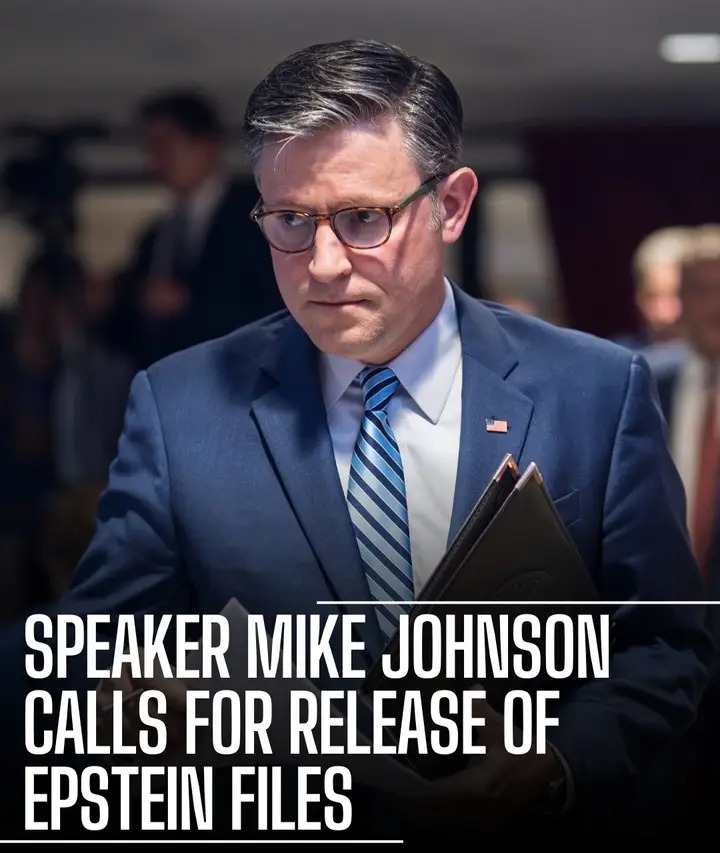Allison O’Toole, the former CEO of Second Harvest Heartland, recently resigned following intense scrutiny over her staggering $721,000 paycheck—a figure that sparked fury among Minnesota lawmakers and taxpayers alike. The controversy erupted after state representatives uncovered her salary during a legislative hearing, raising serious concerns about excessive executive pay at a nonprofit that relies heavily on government funding. With the organization pulling in roughly $260 million in annual revenue, including substantial public grants, many questioned how such a high salary could be justified while the food bank simultaneously sought additional state aid to combat hunger.
Republican State Representative Pam Altendorf was among the most vocal critics, slamming O’Toole’s compensation as “disgusting and incomprehensible,” particularly in light of the nonprofit’s multiple executives earning more than Minnesota’s governor. The revelation fueled broader debates about financial transparency and accountability in taxpayer-supported charities, especially those addressing urgent social issues like food insecurity. While Second Harvest Heartland insisted that public dollars were not directly funding executive salaries, skeptics argued that diverting such a significant portion of revenue to top leadership still reflects misplaced priorities.
The backlash underscores growing public frustration with nonprofit organizations that blur the lines between charitable missions and corporate-style compensation. Critics argue that when nonprofits—particularly those receiving substantial government grants—pay their leaders exorbitant salaries, it erodes trust in the very institutions meant to serve vulnerable communities. In this case, the optics were especially damaging, as Second Harvest Heartland operates in a space where every dollar could theoretically translate into meals for those in need. The disconnect between executive pay and the organization’s stated mission left many wondering whether such salaries align with the spirit of nonprofit work.
While some defenders of high nonprofit salaries argue that competitive pay is necessary to attract top talent, opponents counter that excessive compensation contradicts the ethos of service and stewardship. The debate goes beyond just Second Harvest Heartland, touching on larger questions about how nonprofits allocate resources and whether stricter oversight is needed for organizations benefiting from public funds. For many taxpayers, the issue isn’t just about fairness—it’s about ensuring that their contributions actually reach those who need help rather than padding the bank accounts of already well-paid executives.
As the dust settles on O’Toole’s departure, the incident serves as a cautionary tale for nonprofits navigating the delicate balance between operational sustainability and public perception. With scrutiny on executive pay showing no signs of fading, organizations reliant on taxpayer support may need to reevaluate their compensation structures to avoid similar controversies. For now, the fallout from this case continues to fuel calls for greater transparency and accountability in the nonprofit sector—a demand that, if ignored, could further alienate donors and lawmakers alike.



